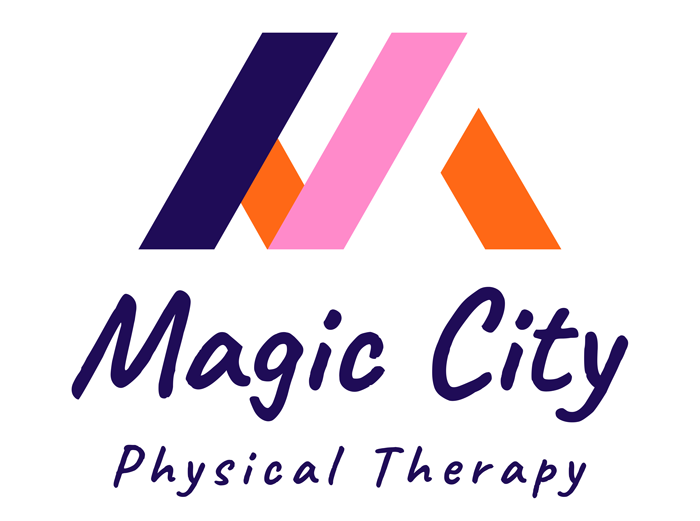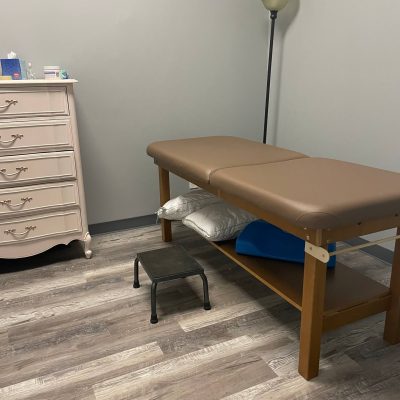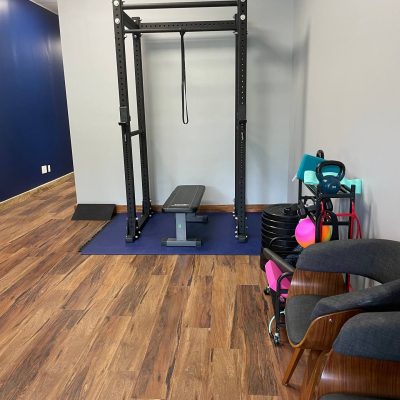Bladder prolapse, also known as cystocele, is a common condition many women experience but may feel hesitant to discuss. As a pelvic floor therapist, I see firsthand the impact this condition can have on physical, emotional, and social well-being. My goal is to empower you with knowledge about bladder prolapse, its causes, symptoms, and management options, so you can take proactive steps toward reclaiming your quality of life.
What is Bladder Prolapse?
Bladder prolapse occurs when the bladder descends into the vaginal canal due to weakened or stretched pelvic floor muscles and connective tissues. The pelvic floor is a hammock-like structure that supports the bladder, uterus, rectum, and other pelvic organs. When this support system is compromised, the bladder can shift out of its normal position.
This condition is classified into different grades, ranging from mild (Grade 1, where the bladder drops slightly) to severe (Grade 4, where the bladder bulges outside the vaginal opening).
Who is at Risk?
Several factors can contribute to the development of bladder prolapse, including:
- Childbirth: Vaginal deliveries, especially those involving prolonged labor or large babies, can strain the pelvic floor muscles.
- Aging and Menopause: Reduced estrogen levels after menopause can weaken pelvic tissues.
- Chronic Strain: Repeated heavy lifting, chronic coughing (as seen in smokers or those with lung conditions), or persistent constipation increases intra-abdominal pressure.
- Genetics: Some women are predisposed to weaker connective tissues, making them more susceptible.
- Obesity: Excess body weight puts additional stress on the pelvic floor.
Recognizing the Symptoms
Symptoms of bladder prolapse can vary depending on its severity. Common signs include:
- A bulging sensation or feeling of fullness in the vagina.
- Discomfort during intercourse.
- Difficulty starting or completing urination, or a frequent urge to urinate.
- Incomplete bladder emptying, which may lead to recurrent urinary tract infections (UTIs).
- Lower backache or pelvic pressure, especially after standing for long periods.
- Visible bulge or protrusion from the vaginal opening in advanced cases.
If you notice these symptoms, it’s essential to consult with a healthcare provider for an accurate diagnosis and personalized treatment plan.
The Role of Pelvic Floor Therapy
As a pelvic floor therapist, I view bladder prolapse not as a limitation but as a condition with significant potential for improvement through targeted interventions. While surgery is an option for some, many women find relief through non-invasive approaches like pelvic floor therapy.
- Pelvic Floor Exercises: Known as Kegels, these exercises strengthen the muscles that support the bladder. For best results, it’s crucial to learn the proper technique. A common mistake is engaging the wrong muscles, such as the glutes or thighs. A therapist can guide you in isolating and activating the pelvic floor correctly.
- Lifestyle Modifications: Addressing chronic constipation, managing body weight, and avoiding heavy lifting can reduce strain on the pelvic floor. I often encourage my clients to maintain good posture, as it optimizes pelvic alignment and reduces undue pressure.
- Breathing Techniques: Many women inadvertently bear down when lifting or coughing, which worsens prolapse. Learning proper exhalation techniques during exertion can minimize pressure on the pelvic floor.
- Vaginal Pessaries: A pessary is a device inserted into the vagina to provide support for the bladder and other pelvic organs. While fitting and maintenance require medical oversight, this tool can significantly improve symptoms for many women.
- Education: Understanding your anatomy, learning strategies to engage your core effectively, and practicing bladder-friendly habits (e.g., timed voiding and hydration) are integral parts of therapy.
When Surgery Might Be Considered
For women with severe prolapse or those whose symptoms do not improve with conservative measures, surgical repair may be an option. Common procedures include anterior colporrhaphy or the use of mesh implants (though the latter has sparked debate due to potential complications). A urogynecologist can discuss risks, benefits, and alternatives based on your unique circumstances.
Living Well with Bladder Prolapse
Living with bladder prolapse can feel daunting, but you’re not alone. Millions of women navigate this condition successfully by combining medical care with lifestyle adjustments. Open conversations about bladder prolapse can help break the stigma, fostering a community of understanding and support.
As a therapist, I’ve seen women regain confidence, engage in activities they love, and feel empowered to take control of their health. Whether you’re exploring pelvic floor therapy or considering other treatment options, the key is to approach your journey with patience and self-compassion.
Let’s Start the Conversation
If you’ve been experiencing symptoms of bladder prolapse, I encourage you to take the first step and seek help. Whether it’s a consultation with a pelvic floor therapist or a visit to your healthcare provider, know that effective solutions are available.
Remember, your body has the incredible capacity to adapt and heal with the right guidance and care. If you have questions or concerns, I’m here to help. Together, we can build a stronger foundation—literally and figuratively—for your pelvic health.
What’s one thing you’d like to know about bladder prolapse? Let’s discuss below!







